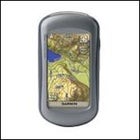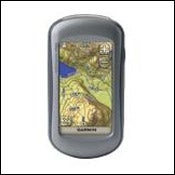Wow, all the way from Jersey for a winter climb on Rainier? Ambitious. But that also tells me that youll be buying a plane ticket in advance, then arriving at Sea-Tac Airport dead set to climb. So be careful. Watch the weather. Rainier in the winter is a lot more of an Alaskan peak than a Lower 48 peak.
 The 400t
The 400tAnyway, an altimeter. In the summer, I hardly think one is needed except as a form of entertainment. Rainier is chock-a-block with prominent landmarks, theyre all well-marked and well-documented, and you can climb any number of routes and every hour hit an altitude-specific landmark (Top of Disappointment Cleaver? 11,500 feet!). But winter, well, you could be trying to descend in a whiteout, and something that really shows the way is helpful, seeing as the fall line at Muir Snowfield does not take you to Paradise Lodge, but rather drops you off a 500-foot cliff onto the Tahoma Glacier.
So, s 400T is a bit pricey ($425) but excellentcolor screen, touch screen, water-resistant, an on-board compass and altimeter. Just the ticket. Yeah, it burns through AAs on a fairly regular basis. So dont use it that often, and carry a few extra sets. Youll be fine.
But, crikey, be careful! Winter climbs on Rainier can be highly entertaining, but also wildly dangerous. Plus youre apt to have only eight or nine hours of usable daylight.
Good luck!


